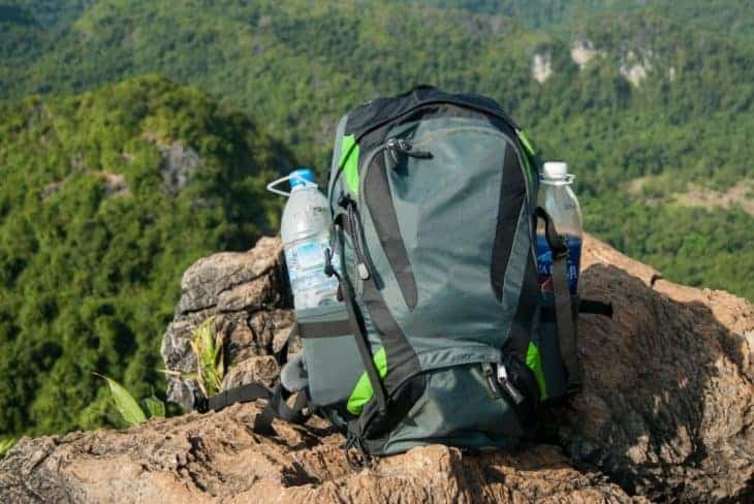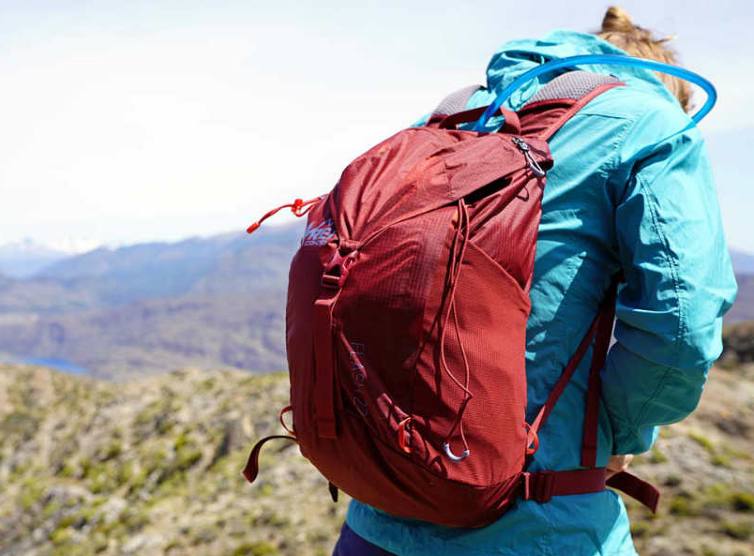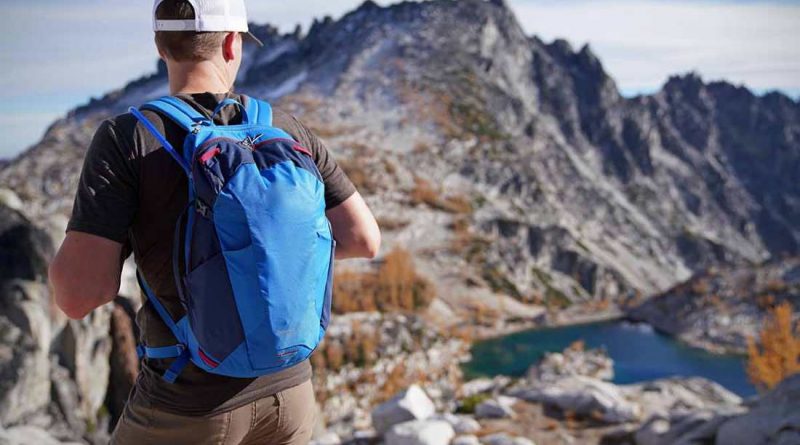Tips for Choosing a Daypack for Your Next Outdoor Adventure
No outdoor camping and hiking adventure can begin without having the needed essentials, and one of them are daypacks. They are the perfect accessory that can help you explore the outdoors without leaving behind any of your needed gear. Be it a torch, water bottle, cellphone, first aid kit, clothes or your ideal camping headlamp (when not on your head), a day pack can certainly fit it all.
Although in the past I thought that a backpack and a daypack are the same things, once I’ve become more experienced in hiking I found out that they are completely different. And what makes a day pack different from a classic backpack is that it is smaller, perfect for your daily adventures. And just like the range of backpacks is huge, you can choose from an array of daypacks for sale varying in size, closure and features. One thing is certain, a daypack should have enough room for keeping all of your daily essentials which is why you should choose it wisely.
How to Choose a Daypack?

Think of Its Size
These days, daypacks are available in a range of sizes from as small as 10 litres to roomier models like the ones of 50 litres or more. Now, if thinking about how big should a daypack be, the easiest way to find out is to consider all of the hiking essentials you plan to carry with you. By placing them in one place, you will see approximately how much space they can take up, so you can easily find the right size.
For instance, when hiking in the summer, you should wear a smaller daypack since all you’ll have to carry with you is some snacks, water, torch, first aid kit and maybe some lighter jacket. That’s it.
On the other hand, when hiking in winter, you will need a large and sturdy day pack since it will have to carry bulkier items like clothes, boots, etc. Practice shows that summer packs should be around 25 – 35 litres, spring/fall packs should be 35 – 40 litres and winter packs should be 40 – 55 litres.
The Closure Style Matters
An important thing you need to know about these packs is that they can come with different closure styles. Panel-loading packs are the ones where the main compartment is accessed through a large opening on the front of the pack’s body. And the thing that makes it so popular is that it offers you easier access to all of your stuff. This allows for easier packing better organisation of its pockets and sleeves.
As the name implies, the top-loading pack has an opening on its top and is mainly secured with a cinch lock or a roll-top. These packs are the first choice of people who hate zippers and don’t want to deal with the risk of a zipper breaking. Given the fact that you should pack and put everything from the top, access is more difficult and some smaller items can get lost at the bottom. Well, this is the reason why so many of them also have a top-lid for keeping important things at hand.
Check Out the Straps and Padding
When in the search for the right pack for hiking, you can choose one that has a hip belt and a sternum strap. The purpose of this is to take off the pressure of your shoulders and distribute the pack’s weight evenly. The key is to pick straps that are padded for maximum comfort. Although there are thinner straps and hip belts usually made of nylon, they are mainly used for lighter day packs. When in the need of carrying heavier gear or more gear, you should opt for a pack with a sturdier hip belt and straps.

Consider Whether You Need a Hydration Sleeve
A great number of today’s packs come with hydration sleeves which are designed to hold a hydration reservoir. Some of them can even have a port for a hydration hose, and some can even come with their own hydration reservoir. The best thing about investing in a pack with a hydration reservoir is that it will allow for hands-free hydration which can be handy when hiking, walking or doing any other physical activity or movement. In case the model that you like doesn’t have a hydration sleeve, make sure it has side mesh panels so you can store water bottles.
Pay Attention to Pockets and Loops
Consider investing in a pack with several pockets and loops is essential as that way you will stay more organised. Plus, this will help you memorise better your stuff, keeping them in an easy-to-reach place. While loops on the outside are great, make sure not to hang too many things as they can swing as you walk which can impact your movements and tire you.
How to Pack a Daypack?
Although it might sound difficult to you, packing for a day hike is quite easy. All you need to do is to take into account all of the things you plan to carry, consider their weight and pack them accordingly.

